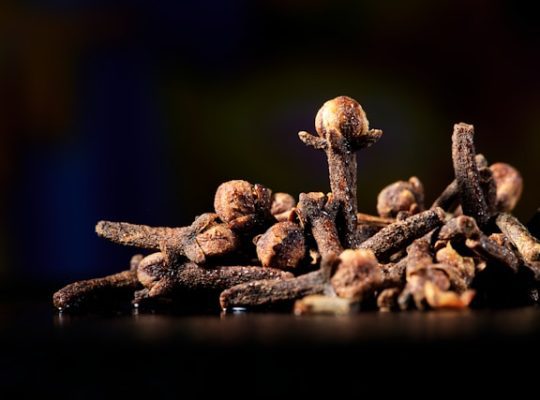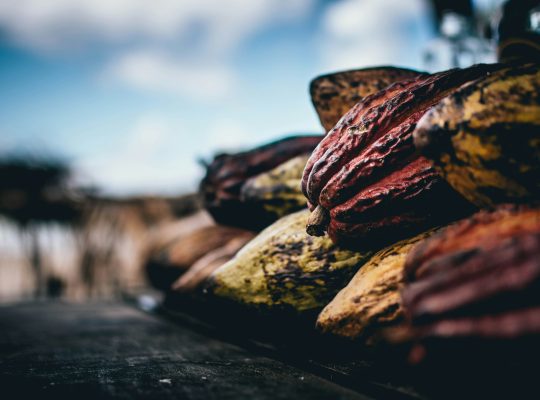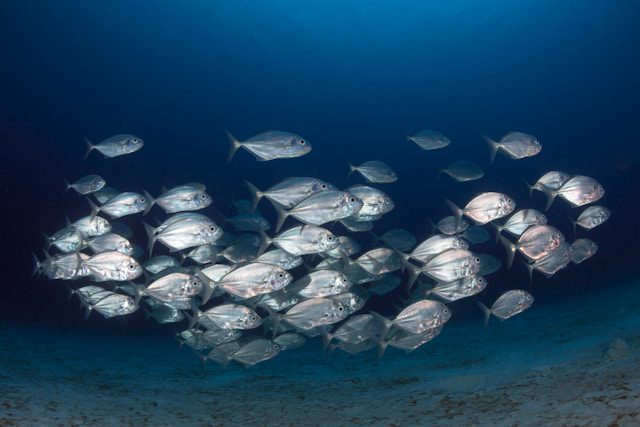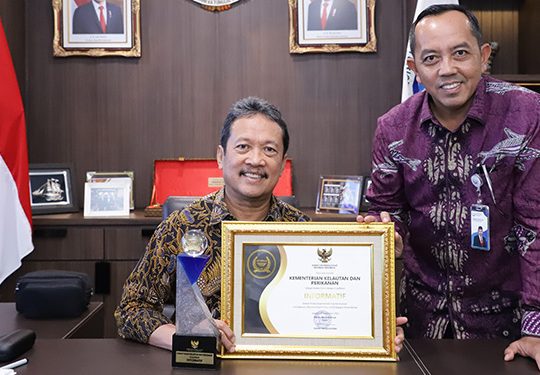Indonesia, a sprawling archipelago with a vast marine landscape, is at the forefront of the global aquaculture scene. With its rich biodiversity, it has become a pivotal player in the shrimp and fish export market, feeding millions worldwide and fueling an economic engine at home. But this journey is not without its challenges. From environmental concerns to meeting international standards, Indonesia’s aquaculture industry represents a delicate balance between growth and sustainability.
The Heart of Indonesia’s Aquaculture
In the crystal-clear waters surrounding Indonesia’s thousands of islands, aquaculture is more than an industry; it’s a way of life. The country’s tropical climate, extensive coastlines, and diverse habitats make it an ideal location for cultivating a variety of marine species, especially shrimp and fish. These exports are not just commodities; they’re the backbone of Indonesia’s economy, providing employment for millions and supplying a significant portion of the global seafood market.
The Evolution of an Aquaculture Powerhouse
The story of Indonesia’s rise in the aquaculture sector is one of innovation, adaptation, and resilience. From humble beginnings with traditional fishing methods, the country has embraced aquaculture, innovating techniques to increase yield and reduce environmental impact. Recognizing the growing global demand for seafood, Indonesia has strategically positioned itself as a leading exporter of shrimp and fish, carefully navigating the complex waters of international trade and regulation.
Major Export Stars: Shrimp and Fish
Among Indonesia’s aquaculture products, shrimp and fish stand out both in volume and value. Shrimp farming, in particular, has seen a remarkable evolution, transitioning from traditional to more sustainable methods. Meanwhile, fish such as tilapia and catfish have become staples of Indonesia’s aquaculture exports, finding their way to dinner tables around the world.
Rising to the Challenge: Sustainability and Innovation
As the global spotlight shines on environmental practices, Indonesia’s aquaculture industry faces the critical challenge of sustainability. The destruction of mangrove forests for shrimp farming and pollution from fish feed are but a few of the environmental concerns that need addressing. Recognizing these challenges, Indonesia has embarked on a path of innovation, adopting eco-friendly farming practices and leveraging technology to enhance productivity while minimizing ecological footprints.
Sustainable Practices Take Center Stage
To align with global sustainability demands, Indonesia has introduced several initiatives aimed at preserving its marine ecosystems while ensuring the viability of its aquaculture industry. These include implementing stricter regulations, promoting the use of eco-friendly feeds, and supporting the adoption of integrated multi-trophic aquaculture (IMTA) systems.
The Role of Technology
Technological advancements have revolutionized Indonesia’s aquaculture industry. From smart feeding systems that reduce waste to advanced breeding programs that improve stock resilience and productivity, technology is at the forefront of Indonesia’s quest for sustainable and profitable aquaculture.
The Global Marketplace: Opportunities and Challenges
Indonesia’s strategic location and abundant marine resources give it a competitive edge in the global market. Yet, navigating this global marketplace comes with its set of challenges. Adhering to international standards for food safety and sustainability, competing with other aquaculture exporting nations, and responding to the fluctuating demands of the global market are continuous hurdles for Indonesian exporters.
Differentiating Through Quality and Sustainability
In the face of stiff competition, Indonesia differentiates itself through a commitment to quality and sustainability. By focusing on sustainable practices and meeting international quality standards, Indonesian shrimp and fish products are increasingly recognized for their excellence in the global market.
Looking to the Future: Pathways to Growth
As Indonesia looks to the future, the aquaculture industry is poised for further growth. With a focus on sustainability, technology, and expanded market access, Indonesia aims to solidify its position as a leading global aquaculture exporter. Key to this effort will be continued innovation, adherence to sustainable practices, and a commitment to improving the welfare of the communities that depend on aquaculture.
Conclusion: A Sustainable and Prosperous Horizon
Indonesia’s journey in the global aquaculture industry is a testament to the country’s resilience, innovation, and commitment to sustainability. As Indonesian shrimp and fish products continue to delight taste buds around the world, the country is setting a benchmark for sustainable and responsible aquaculture. With continued focus and investment, Indonesia’s aquaculture exports are not just navigating global challenges; they’re thriving, ensuring a prosperous future for its economy, its people, and the planet.










